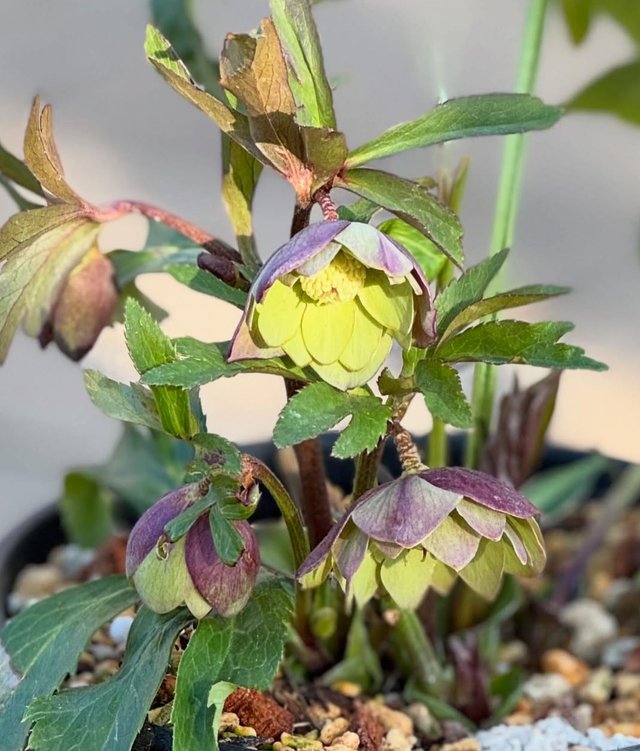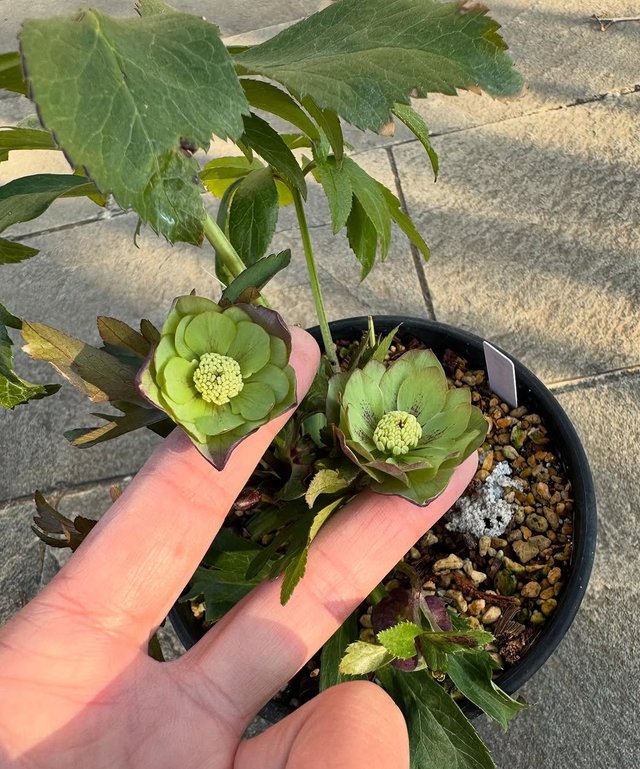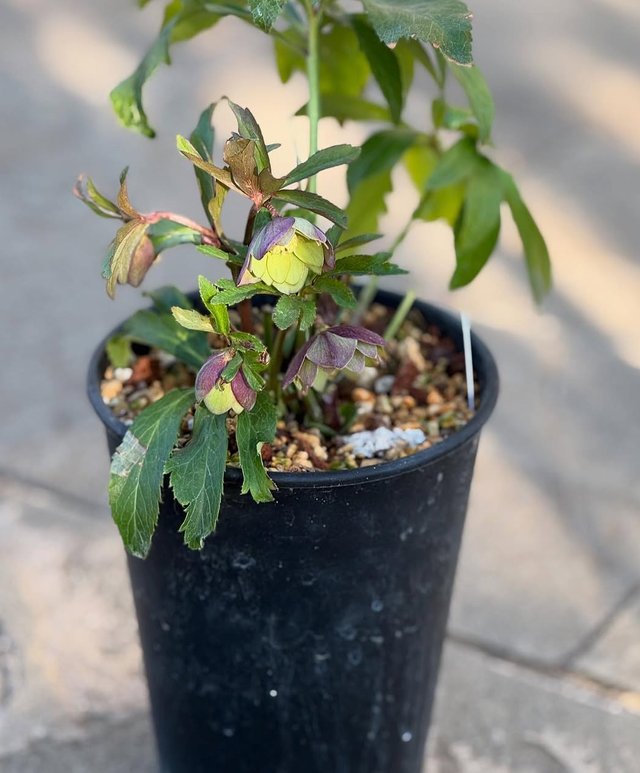So Beautiful Helleborus Odorus Flower
Helleborus odorus: The Fragrant Jewel of the Winter Garden
Helleborus odorus, commonly known as the fragrant hellebore or sweet-smelling hellebore, is a captivating perennial plant that graces gardens with its early blooms and delightful fragrance. This species belongs to the Ranunculaceae family and is prized for its resilience, evergreen foliage, and striking greenish-yellow flowers. Native to Southeastern Europe, particularly regions of the Balkans and the Carpathians, Helleborus odorus is a favorite among gardeners looking to add a touch of color and charm to their winter and early spring landscapes.
Botanical Description Growth Habit and Foliage
Helleborus odorus is a clump-forming herbaceous perennial that typically grows between 30-50 cm in height. It features lush, leathery, dark green leaves that remain evergreen in most climates. The deeply lobed foliage not only provides year-round interest but also serves as an attractive backdrop to its stunning blooms.
Flowers and Fragrance
The defining feature of Helleborus odorus is its nodding, bowl-shaped flowers, which appear from late winter to early spring. Each flower, measuring around 4-6 cm in diameter, showcases a striking greenish-yellow hue that stands out against the darker winter landscape. Unlike many other hellebores, Helleborus odorus has a noticeable fragrance, a rare and highly valued trait in the genus. The scent is often described as sweet and pleasant, adding an extra dimension to its ornamental appeal.
Bloom Time One of the most remarkable aspects of Helleborus odorus is its ability to bloom in late winter to early spring, often before most other perennials have even begun to awaken. The flowers persist for weeks, sometimes lasting into early summer, depending on growing conditions.
Native Habitat and Distribution
Helleborus odorus is native to the woodlands and mountainous regions of Southeastern Europe, including countries such as Slovenia, Croatia, Bosnia and Herzegovina, Serbia, Bulgaria, and Romania. It thrives in deciduous forests, limestone-rich soils, and shaded slopes, often found growing among leaf litter in dappled sunlight. The species has adapted well to temperate climates and is widely cultivated in gardens across Europe and North America.




%20(9).jpeg)